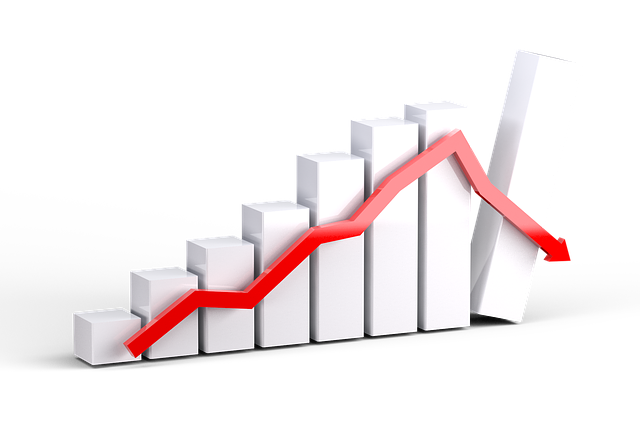Bearish movement is negative price direction for a security. It is caused or fueled by pessimism, as investors get rid of falling (or, potential soon to be falling) stock, leading it to fall or continue falling, and bringing about or maintaining the downtrend. Following is some information about bearish movement in stock trading, and some investing considerations.
Bearish Movement in Stock Trading
Bearish movement is declining price direction. This can be caused by a number phenomena. For example, when traders think that a stock may be ending an uptrend, they may get rid of shares, because they have pessimistic expectations for the security, causing it to actually take a bearish course. Negative news concerning stock, such as unimpressive earnings reports or company news can also spark a bearish course for a stock. When several stocks are decreasing based on pessimism and bad conditions, they are said to be part of a bear market, in which many securities are downtrending.
Bearish Movement and Investing
Ideally, unloading stock along with the rest of the bears as early as possible is in each trader’s best interest if a security’s course will decline, and the other investor’s pessimistic expectations prevail. Deciding whether or not a stock will take a bearish course, or begin a downtrend should be the first step in deciding a trade. If it seems that a drop of a certain price will mean a continuing negative price movement to follow, then shares should be sold once that drop has been experienced.
Using stop orders (stop-loss, stop-limit, or trailing stop) allows investors to set values or price drops that signal times to unload shares. These should be far enough below market value that they signal significant drops, and if such prices are reached, especially under bearish conditions, the sell might be good (as stock value would likely continue dropping thereafter).
Just as a sell at the beginning of a stock’s bearish movement is ideal, so is a buy at the end of negative price direction. This, too can be difficult to pinpoint; when a stock shows some increase during bad conditions, it can be hard for a trader to determine whether or not the rise in price is simply an upward fluctuation, or an actual end to the bearish trend. The same orders used to sell at the beginning of bearish movement can be used to buy after a rise by a certain price, which to the investor, signals an end to negative price direction for a security.
Bearish movement is downward price direction that is fueled by pessimism. When bad news, or even minor drops in price seem to indicate a drop in a security’s value, traders often bail on stock, or avoid it, maintaining or causing its overall decreasing price direction.
By clicking on the click and signing up for an account, I earn a commission, no extra on your part 🙂
